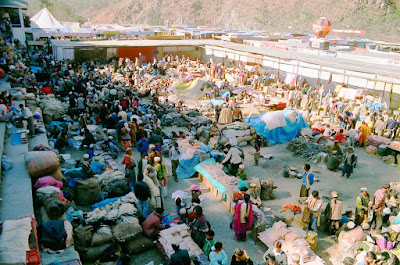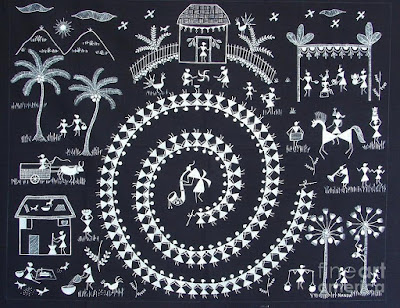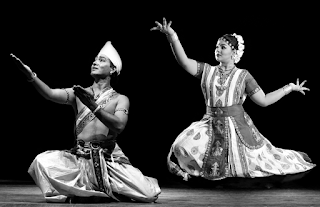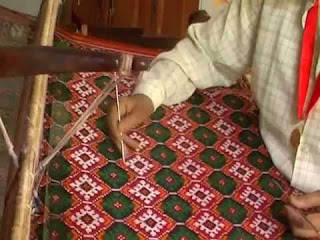LAVI FAIR: A sustained traditional patrimony

Lavi fair, one of the most prominent fair of Himachal Pradesh is commemorated annually at Rampur. It is a merchandising event which is hugely remarkable for the trade and commerce of special goods and craft products. There is a great hustle and bustle of tourists along with traders at the fair in the month of November. The town has sustained this olden traditional legacy for more than 300 years and has been organizing the Lavi mela with pride and grandeur. This fair is commenced every year in the month of November and continues for four days. Source: 2.bp.blogspot.com Rampur, 130 kms away from Shimla is situated on the left bank of river Satluj and has been a major commercial trading passage for India. Rampur was the access gateway to routes heading towards Kinnaur, Tibet, Ladakh and Afganisthan. In relevance with the Rampur fair, the Census of India (1961) states: "About three hundred years ago during the regime of Raja Kehar Singh of Bushahr, a trade treaty







